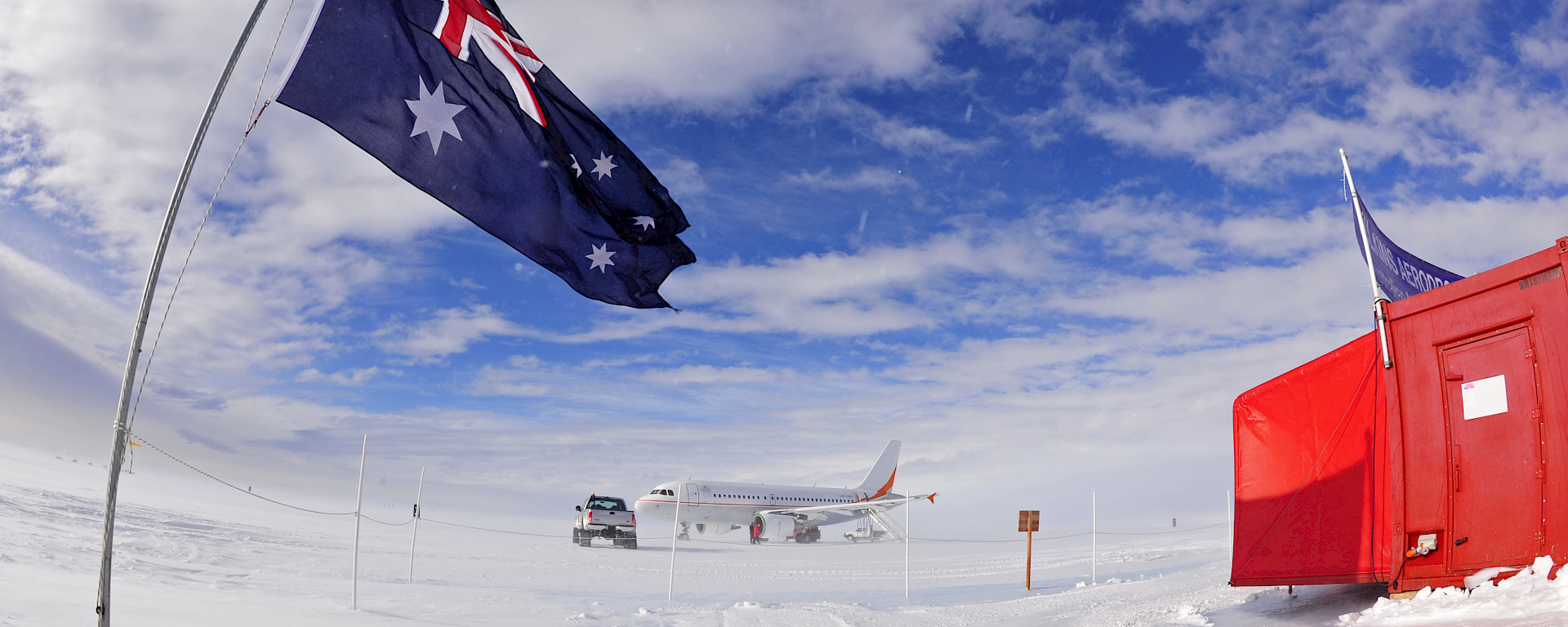The Australian Antarctic Territory Act 1954 is the basis for Australian Antarctic Territory (AAT) law. It establishes a comprehensive legal regime. In order of priority the sources of law in the AAT are:
-
Commonwealth laws which expressly apply to the AAT
-
Commonwealth Ordinances made specifically for the AAT
-
the laws, other than the criminal laws, of the Australian Capital Territory in so far as they are applicable to the AAT
-
the criminal laws of the Jervis Bay Territory in so far as they are applicable to the AAT
Similar sources of law apply to the Territory of Heard Island and McDonald Islands by virtue of the Heard Island and McDonald Islands Act 1953.
The law of Tasmania applies to Macquarie Island.
Some of the principal instruments that apply to the Australian Antarctic Territory include:
-
Australian Antarctic Territory Acceptance Act 1933
-
Australian Antarctic Territory Act 1954
-
Antarctic Treaty Act 1960
-
Antarctic Treaty (Environment Protection) Act 1980
-
Antarctic Treaty (Environmental Protection) (Environmental Impact Assessment) Regulations 1993
-
Antarctic Treaty (Environmental Protection) (Waste Management) Regulations 1994
-
Antarctic Marine Living Resources Conservation Act 1981
-
Antarctic Marine Living Resources Conservation Regulations 1994
-
Environment Protection and Biodiversity Conservation Act 1999 Environment Protection and Biodiversity Conservation Regulations 2000
-
Protection of the Sea (Prevention of Pollution From Ships) Act 1983
-
Weapons Ordinance 2001 (AAT)
-
AAT Criminal Procedure Ordinance 1993 (AAT)
Note: The above list is not complete and relevant documents may change from time to time. Documents are subject to regular review in light of changing operational and environmental policies.
Current versions of Australian legislation and legislative instruments can be found at the Federal Register of Legislation website.


